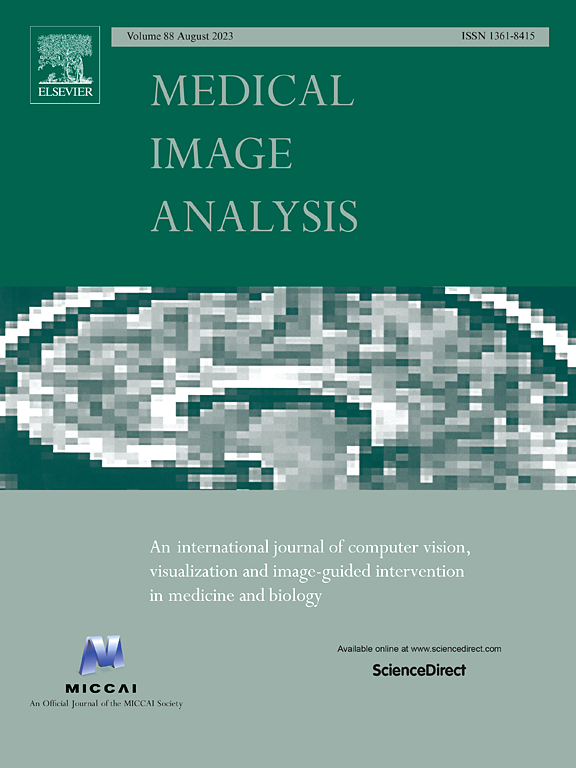Implementation of a Cellular Automaton for efficient simulations of atrial arrhythmias
IF 10.7
1区 医学
Q1 COMPUTER SCIENCE, ARTIFICIAL INTELLIGENCE
引用次数: 0
Abstract
In silico models offer a promising advancement for studying cardiac arrhythmias and their clinical implications. However, existing detailed mathematical models often suffer from prolonged computational time compared to diagnostic needs. This study introduces a Cellular Automaton (CA) model tailored to replicate atrial electrophysiology in different stages of Atrial Fibrillation (AF), including persistent AF (PsAF).
The CA, using a finite set of states, has been trained using biophysical simulations on a reduced domain for a large set of pacing conditions. Fine-tuning included tissue heterogeneity and anisotropic propagation through pacing simulations. Characterized by Action Potential Duration (APD), Diastolic Interval (DI) and Conduction Velocity (CV) for varying levels of electrical remodeling, the biophysical simulations introduced restitution curves or surfaces into the CA. Validation involved a comprehensive comparison with realistic 2D and 3D atrial models, evaluating healthy and pro-arrhythmic behaviors. Comparisons between CA and biophysical solver revealed striking proximity, with a Cycle Length difference of 10 ms in self-sustained re-entry and a ms difference in depolarization times across the complete atrial geometry. Notably, the CA model exhibited a 80% accuracy, 96% specificity and 45% sensitivity in predicting AF inducibility under different pacing sites and substrate conditions. Additionally, the CA allowed for a 64-fold decrease in computing time compared to the biophysical solver.
CA emerges as an efficient and valid model for simulation of atrial electrophysiology across different stages of AF, with potential as a general screening tool for rapid tests. While biophysical tests are recommended for investigating specific mechanisms, CA proves valuable in clinical applications for personalized therapy planning through digital twin simulations.

求助全文
约1分钟内获得全文
求助全文
来源期刊

Medical image analysis
工程技术-工程:生物医学
CiteScore
22.10
自引率
6.40%
发文量
309
审稿时长
6.6 months
期刊介绍:
Medical Image Analysis serves as a platform for sharing new research findings in the realm of medical and biological image analysis, with a focus on applications of computer vision, virtual reality, and robotics to biomedical imaging challenges. The journal prioritizes the publication of high-quality, original papers contributing to the fundamental science of processing, analyzing, and utilizing medical and biological images. It welcomes approaches utilizing biomedical image datasets across all spatial scales, from molecular/cellular imaging to tissue/organ imaging.
 求助内容:
求助内容: 应助结果提醒方式:
应助结果提醒方式:


